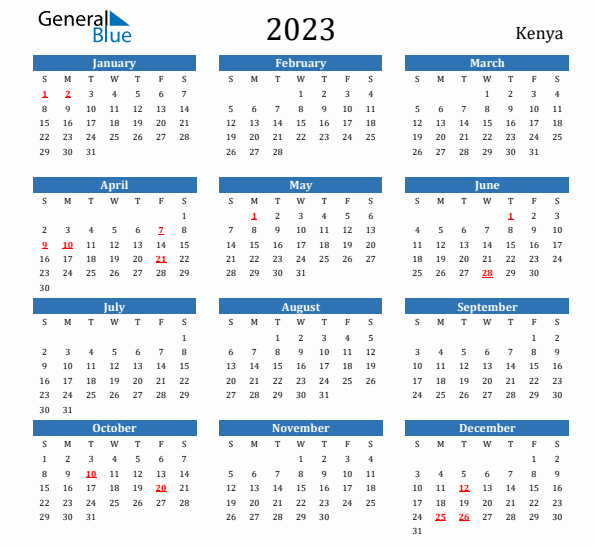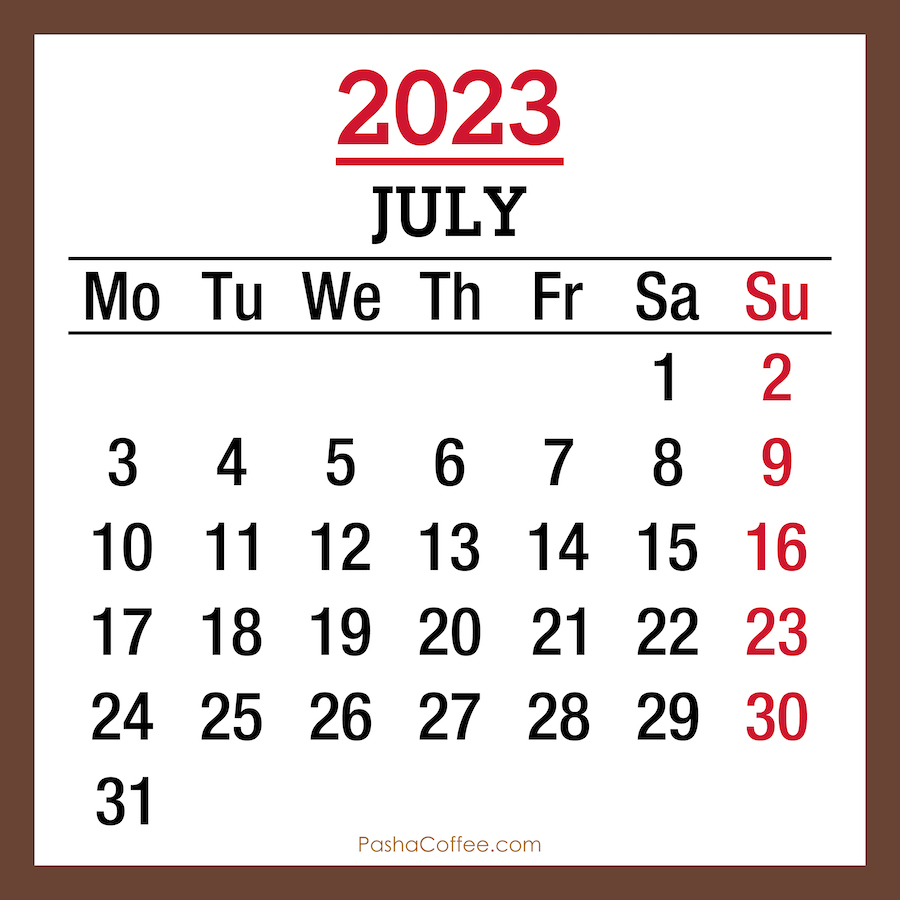The rather interesting information that the 2023 calendar is the same as that of 1995 has stirred excitement among some Kenyans on Facebook. In fact, anyone with the 1995 calendar can still use it now without minding the year. A post of the 1995 calendar shared by former radio presenter, Mr Munene Nyaga, shows it is exactly as the year 2023.

“2023 is 1995,” Nyaga writes on his profile. “No wonder I feel College College.” His sentiment that the calendar takes him back to his college days. This statement opened a flood of nostalgic comments from a number of his followers.
Mwenda Wa Munyambû: I also feel lower primo… those days of lentils in primary. Ala!
Mwambia Njeru: And I feel like a primary school boy. Upiii upiii kidogo…..
Fridah Mwikali: No wonder am feeling like i wanna join baby Class
Joel Harrison Ngota: No wonder I feel high…High school
Harriet Emmanuels: Oh my goodness, am 5 years old
Dionisio Nyaga: Was just wondering why I am missing Tom and Mary
Linda Luchemo-Mbithi: Just feel but don’t behave it coz.. utachoma… Utaburn.
This is a rare but natural phenomenon as there is actually a pattern that works when a calendar will repeat itself. The Gregorian calendar, considered the most widely used calendar in the world, follows a pattern of repeating itself every 28 years just like the case of 1995 repeating itself in 2023.

However, some patterns within the calendar may repeat more frequently, such as every six or 11 years, according to online sources.
The solar cycle is a 28-year cycle of the Julian calendar, and 400-year cycle of the Gregorian calendar with respect to the week. The Julian calendar is thus a solar calendar of 365 days in every year with an additional leap day every fourth year (without exception).
See >> Hackers Expose Kenya’s Weak Cyber Security Defence
The 28 year cycle occurs because leap years occur every four years, typically observed by adding a day to the month of February, making it February 29th. There are seven possible days to start a leap year, making a 28-year sequence.
This cycle also occurs in the Gregorian calendar, as it were, but it is interrupted by years such as 1800, 1900, 2100, 2200, 2300 and 2500, which are divisible by four but which are common years. This interruption has the effect of skipping 16 years of the solar cycle between February 28 and March 1.
Because the Gregorian cycle of 400 years has exactly 146,097 days, i.e. exactly 20,871 weeks, it can be said that the Gregorian so-called solar cycle lasts 400 years.
The Gregorian calendar is used in most parts of the world. It was introduced on February 24 and went into effect in October 1582 as a modification of, and replacement for, the Julian calendar.
The principal change was to space leap years differently so as to make the average calendar year 365.2425 days long, more closely approximating the 365.2422-day solar year that is determined by the Earth’s revolution around the Sun.
Next >> Identity Thieves Increasingly Targeting Kenya’s National ID

